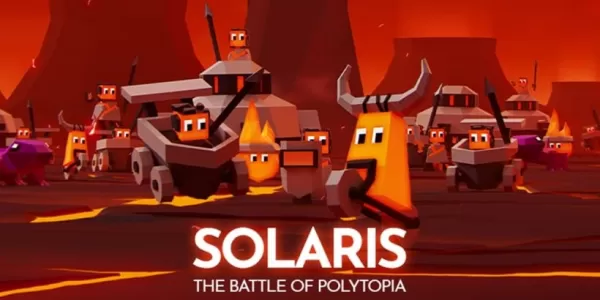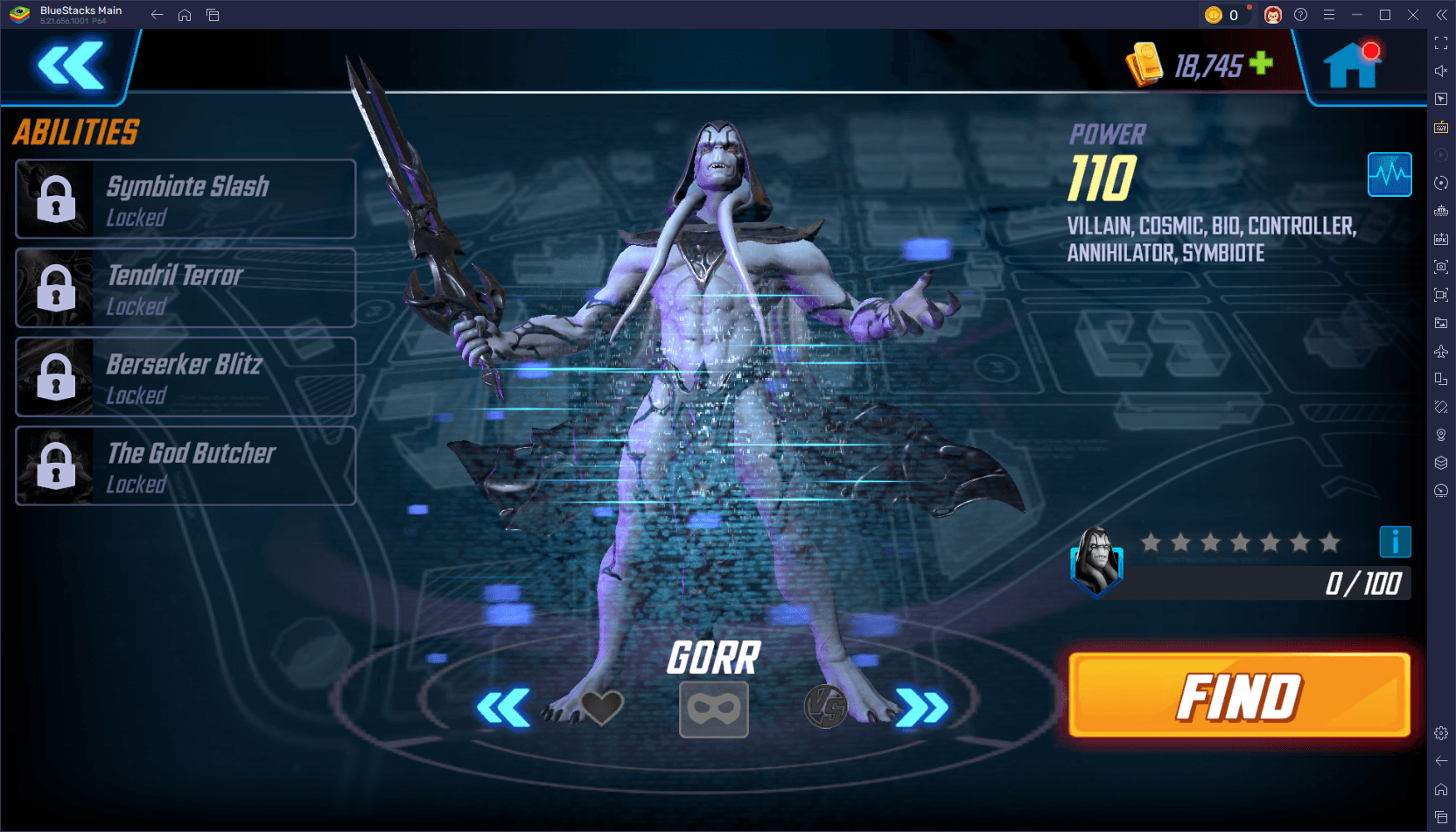Is Civilization VII's UI Really That Bad? A Critical Assessment

Civilization VII's Deluxe Edition launched recently, and online discussions are buzzing about its user interface (UI) and other shortcomings. But is the UI truly as flawed as many claim? Let's analyze its elements and determine if the criticism is justified.
← Return to Sid Meier's Civilization VII main article
Assessing Civ 7's UI
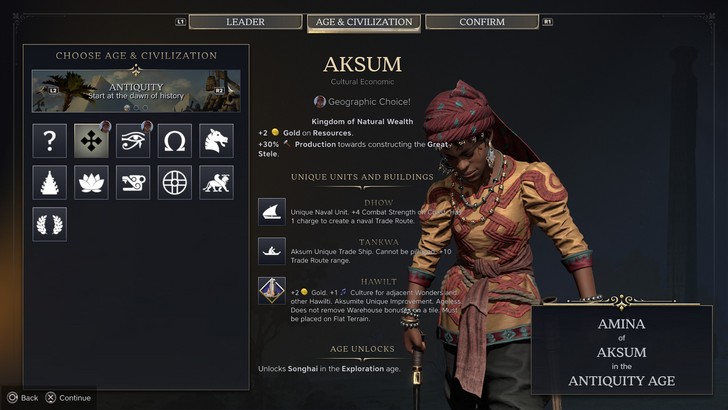
Early reactions to Civ VII, particularly regarding its UI, have been mixed. While it's easy to join the chorus of criticism, a balanced assessment is needed. We'll examine its components against the standards of a well-designed 4X game interface.
Key Elements of a Successful 4X UI
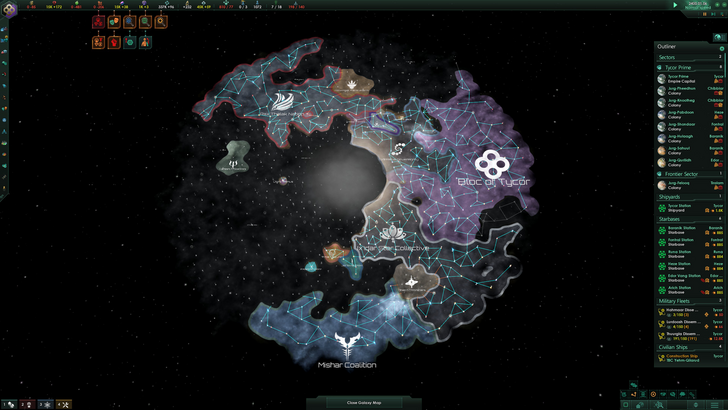
Defining an "objectively good" 4X UI is complex. Design effectiveness depends on the game's style and goals. However, several common elements contribute to a positive user experience. Let's use these criteria to evaluate Civ VII.
Information Hierarchy
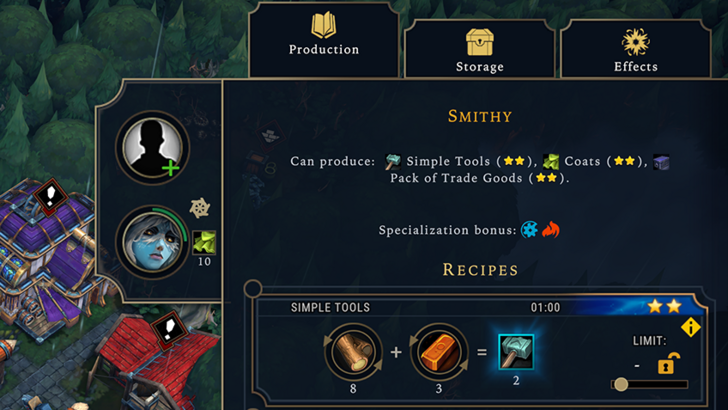
Effective UI prioritizes important information. Frequently used resources and mechanics should be readily accessible, while less critical elements can be accessed with minimal clicks. Games like Against the Storm excel in this area with well-organized building menus.
Civ VII's resource summary menu displays resource allocation, income, yields, and expenses through dropdown menus. While organized, it lacks granular detail. It shows overall resource production from district types but not individual districts or hexes. Expense breakdowns are also limited. The UI functions adequately but could benefit from increased specificity.
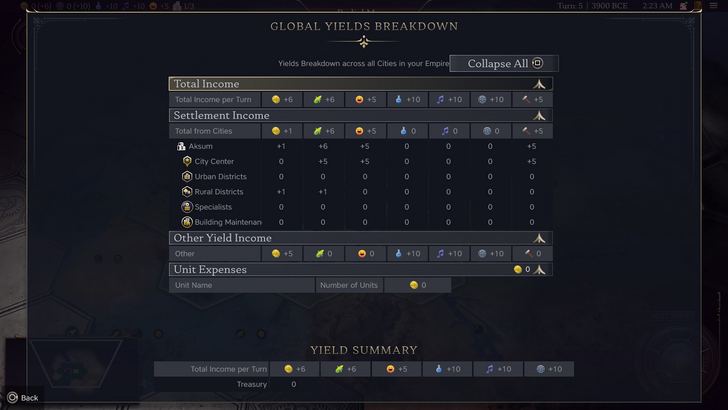
Visual Indicators
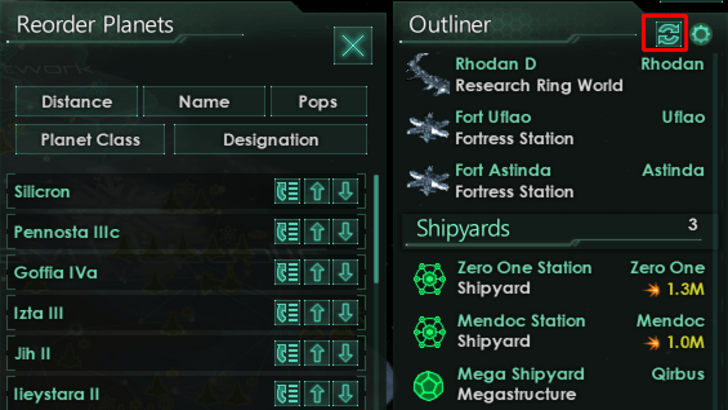
Effective visual indicators communicate information quickly and efficiently using icons, colors, and overlays. Stellaris, despite its cluttered UI, uses visual cues effectively in its Outliner.
Civ VII utilizes iconography and numerical data for resources. Tile yield overlays, settlement overlays, and settlement expansion screens are examples of effective visual communication. However, the absence of certain lenses from Civ VI (e.g., appeal, tourism, loyalty) and customizable map pins has been criticized. While not disastrous, improvement is possible.
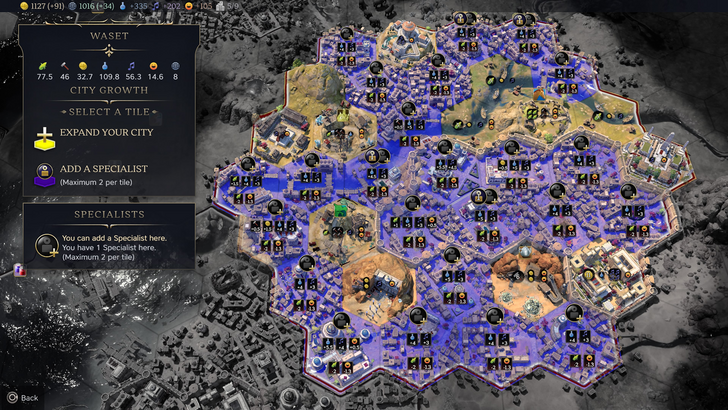
Search, Filtering, and Sorting
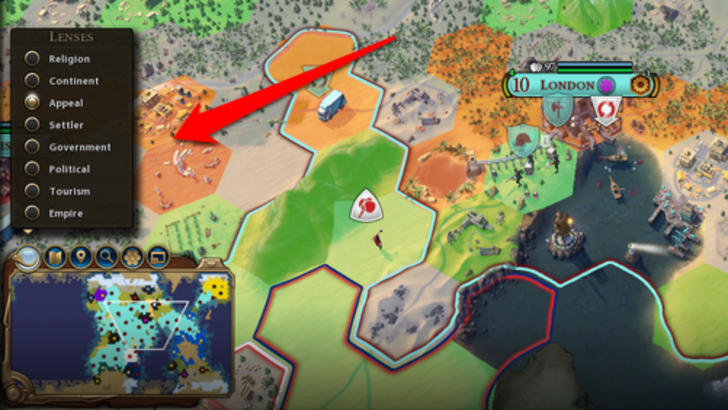
As complexity increases, search, filtering, and sorting become crucial for efficient navigation. Civ VI's robust search function is a prime example.
Civ VII lacks a comprehensive search function, a significant drawback. This absence severely impacts usability, especially considering the game's scale. This is a major area needing improvement.

Design and Visual Consistency
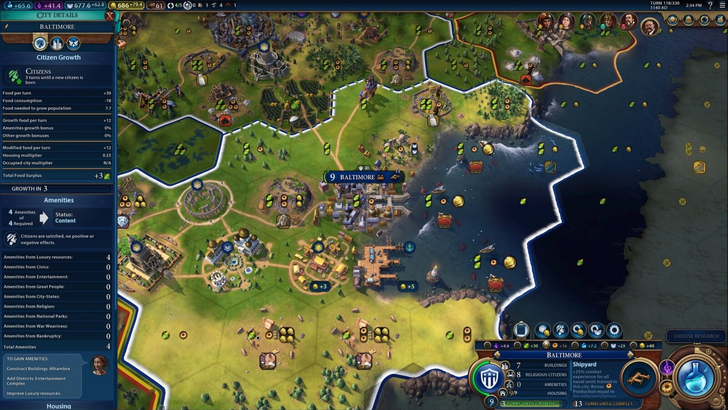
UI design and visual consistency are vital for a positive user experience. Civ VI's cohesive, dynamic style enhances the overall experience.
Civ VII adopts a minimalist, sleek aesthetic. While not poorly designed, its subtle thematic direction is less immediately engaging than Civ VI's vibrant style. This subjective aspect contributes to mixed player reactions.
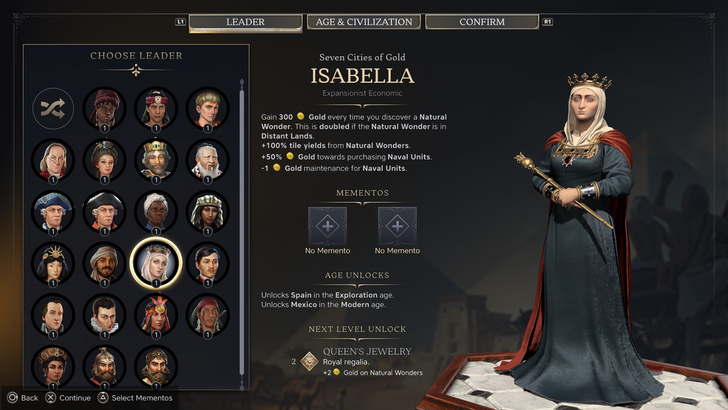
The Verdict: Not the Worst, But Room for Improvement
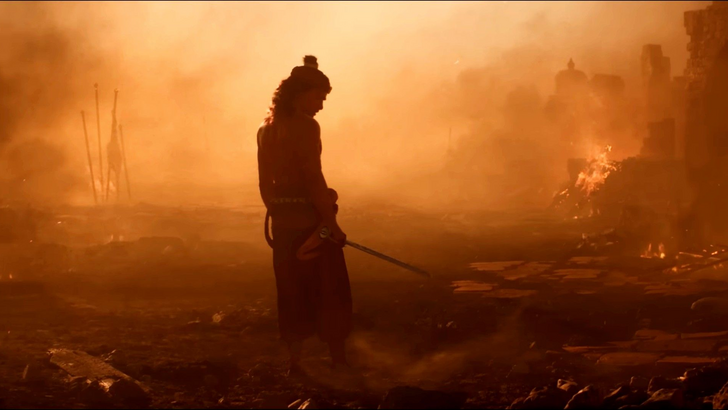
Civ VII's UI, while not perfect, doesn't deserve the level of criticism it's received. The missing search function is a significant flaw, but not game-breaking. Compared to other issues, the UI's shortcomings are relatively minor. While it falls short of some competitors, its strengths should be acknowledged. With updates and player feedback, it can certainly improve.
← Return to Sid Meier's Civilization VII main article
Sid Meier's Civilization VII Similar Games






